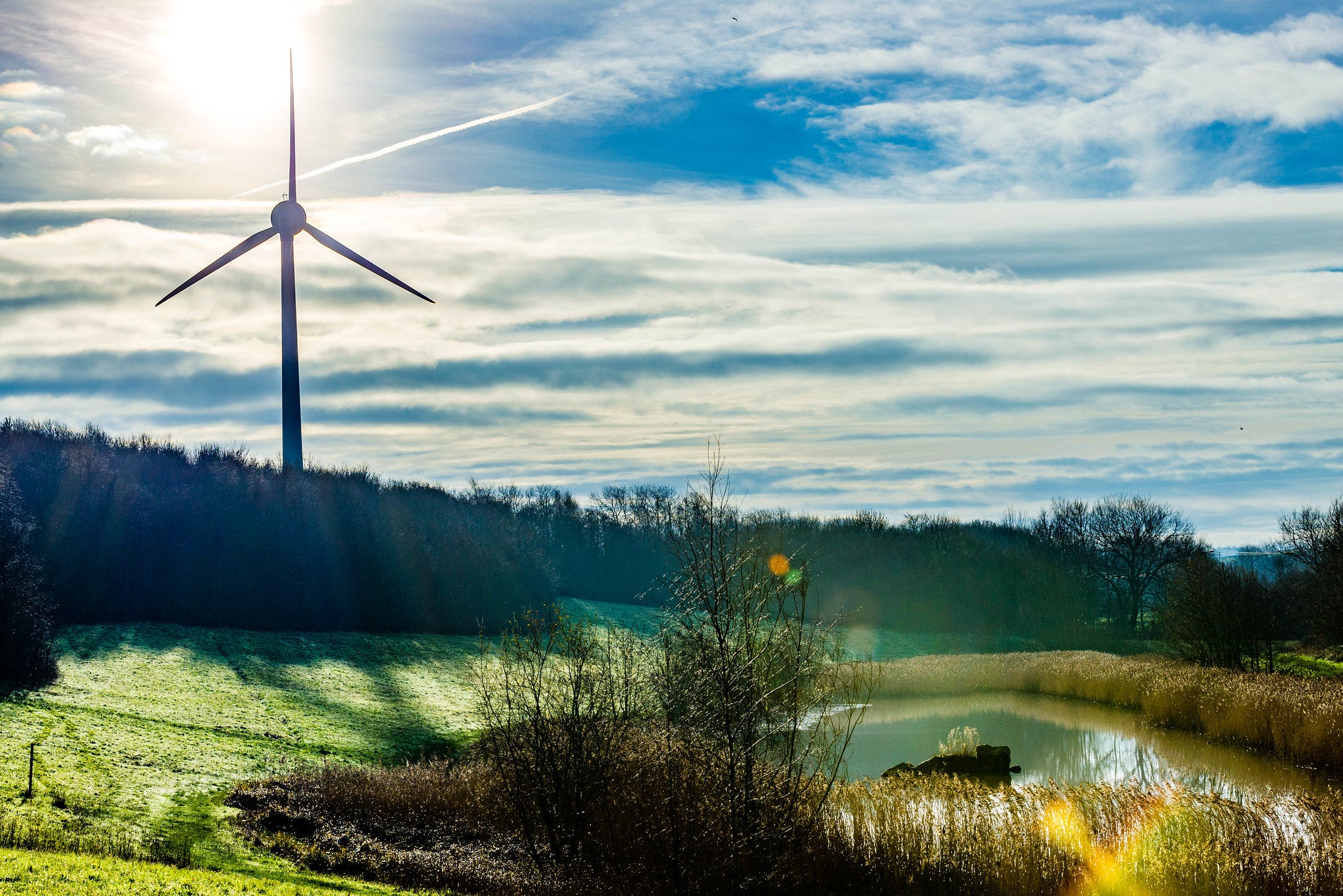
A few factors, among which were sunny weather, heavy wind, and low power demand, caused by the closure of workplaces over the Easter Bank Holiday, made carbon intensity drop to 39 grams per unit at around 1 pm on Monday. The figure is the lowest that the National Grid has ever recorded.
The new record is a result of the general trend for UK energy policies, the plummeting cost of offshore wind and other renewables, as well as the country’s efforts to transition away from polluting fossil fuels like coal.
National Grid ESO director Fintan Slye said: “This latest record is another example of how the grid continues to transform at an astonishing rate as we move away from fossil fuel generation and harness the growth of renewable power sources.
“It’s an exciting time and the progress we’re seeing with these records underlines the significant strides we’re taking towards our ambition of being able to operate the system carbon-free by 2025.”
On Monday, wind power made up 39% of the country’s mix, with solar standing at 21% and nuclear at 16%.
There was no coal generation on the grid and 10% of power was coming from gas plants, National Grid ESO said.
How well do you really know your competitors?
Access the most comprehensive Company Profiles on the market, powered by GlobalData. Save hours of research. Gain competitive edge.

Thank you!
Your download email will arrive shortly
Not ready to buy yet? Download a free sample
We are confident about the unique quality of our Company Profiles. However, we want you to make the most beneficial decision for your business, so we offer a free sample that you can download by submitting the below form
By GlobalDataThe previous record for low pollution from each unit of electricity generation’s carbon intensity was witnessed on 24 May 2020, having fallen to 46g of carbon dioxide per kilowatt-hour.
In 2020, electricity generation from renewables overtook fossil fuels in the UK for the first time; demand was significantly lowered due to the Covid-19 pandemic, enabling the grid to reduce the natural gas input.
Coal generated only 1.6% of the electricity mix in 2020, compared with almost 25% five years ago.
In 2015, the government pledged to phase out coal-fired power plants entirely by 2025, with Scotland being one step ahead as it closed its final coal plant, Longannet power station, a few months later.



